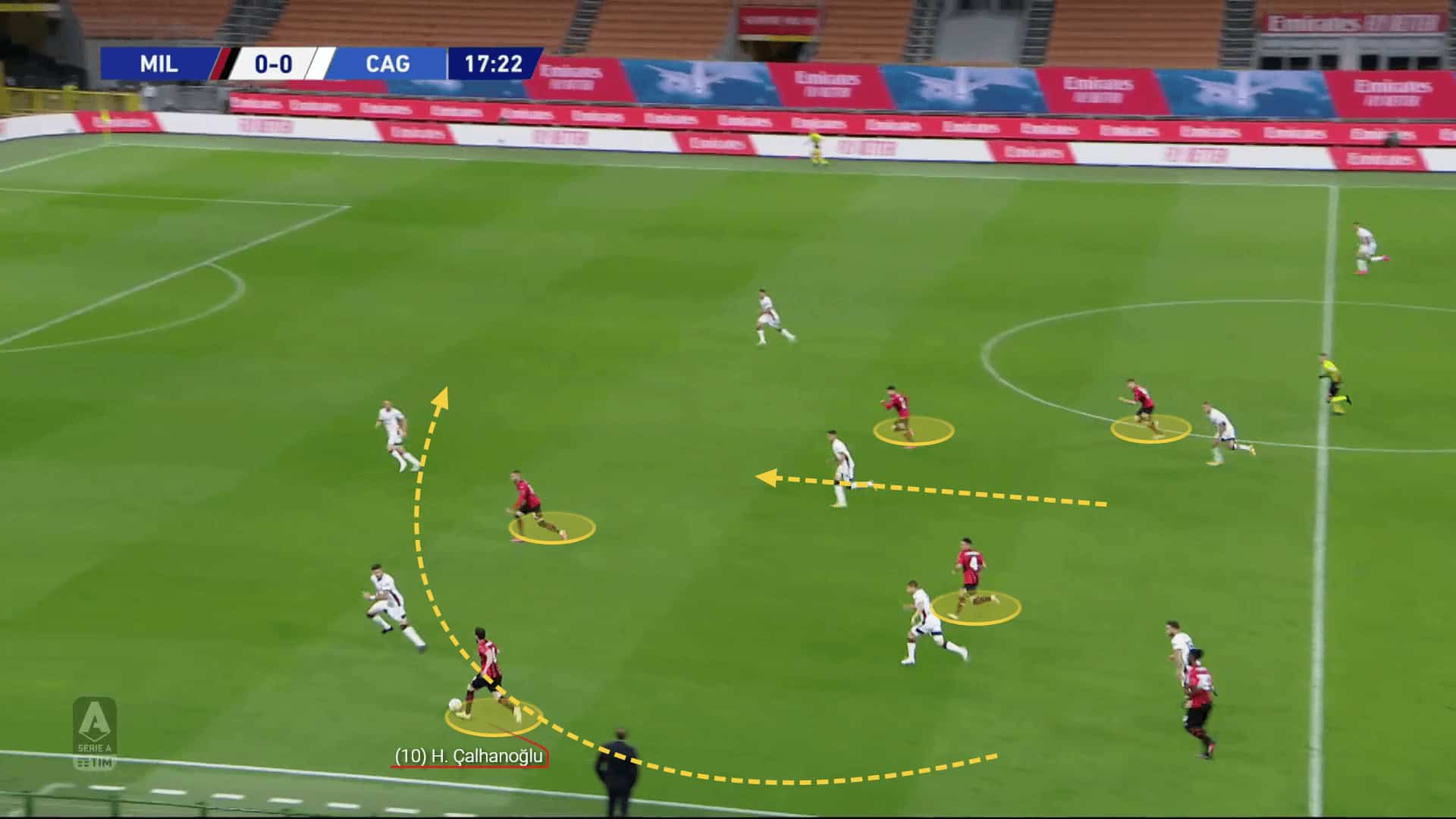What is Technical Scouting?

Technical scouting is an approach to player evaluation which draws on information technology and data science.
It is not a replacement for traditional scouting. Instead, it makes new kinds of information available to scouting teams, including objective measures of performance.
Technical scouting also creates new possibilities for scouting teams. For example, while the coverage of a traditional scouting team is limited by its resources, technical scouting methods can be used to screen a virtually unlimited number of players, all over the world.
Although technical scouting uses advanced mathematical techniques in the background, the basic principles are straightforward. Even those with little mathematical knowledge can use technical scouting insights to evaluate players.
Technical Scouting in English Football: A Timeline
2002: US baseball team the Oakland A’s win the Major League Baseball division without a single star player in their line-up. The A’s coach, Billy Bean, has used technical scouting methods to recruit undervalued players, building a team which rivals the New York Yankees while spending just one third of the Yankees’ budget.
2008: Chelsea become the first English football team to set up a technical scouting department. Like the A’s, Chelsea use technical scouting methods to evaluate players in the transfer market.
2011: Liverpool’s Director of Football Damian Comolli decides to build a team focused on crossing and aerial goal-scoring. Using technical scouting methods, he is able to recruit players with highly specific statistics. For example, Andy Caroll is recruited as the forward with the best aerial receiving stats. (Meanwhile, the Oakland A’s story is told in the movie Moneyball, starring Brd Pitt as Billy Bean)
2012: Arsenal buy a data-analytics firm specializing in sports performance, turning the firm into their own in-house technical scouting department.
Now: Technical scouting has spread rapidly in English football. Today, every Premier League club has a technical scouting department, and many Championship clubs use technical scouting methods as well.

Technical Scouting at English Football Clubs
As you saw from the examples of Chelsea, Liverpool and Arsenal on the timeline, technical scouting functions in different ways from club to club.
However, there are some similarities. A technical scouting team is typically made up of just a few people: no more than four at a big club, and just one at a smaller club.
Often, the technical scouting team is part of a broader analytics department, as shown in the diagram.
At other clubs, technical scouts might work within the recruitment department, reporting directly to the head of recruitment.
One difficulty with this second approach is that once a player has been recruited, responsibility for monitoring their performance is handed over to a different department. In these cases, it’s important that the scouting data is handed over to the performance analysts.
What is the difference between traditional and technical scouting?The key difference between traditional and technical scouting lies in the kind of information each method relies on.
Traditional scouting
•Information is provided by scouts, who are employed by a club to watch players in action and report on their impressions.
•This information is subjective, relying on the perspective and judgment of individual scouts. Even experienced scouts may disagree about a player’s skill set, or his overall potential.
•Scouts present their information primarily in the form of written reports. A written narrative is less precise than a numerical report, but can often convey nuances that numbers and graphics cannot.
Technical scouting
•Information is provided by commercial companies. These companies use video and/or tracking technology to collect player-activity data from a large number of matches. They sell this data on to clubs, and sometimes leagues.
•This information is objective. A player either has above-average statics for a skill or he does not. There is no room for disagreement.
•A technical scouting report presents information as lists of numbers, tables, and graphic visualisations. Numerical reports provide a precise picture, but they cannot capture subtle nuance.
The key differences
•Data form scouts vs data from commercial companies
•Subjective vs objective judgments
• Written reports vs numerical reports